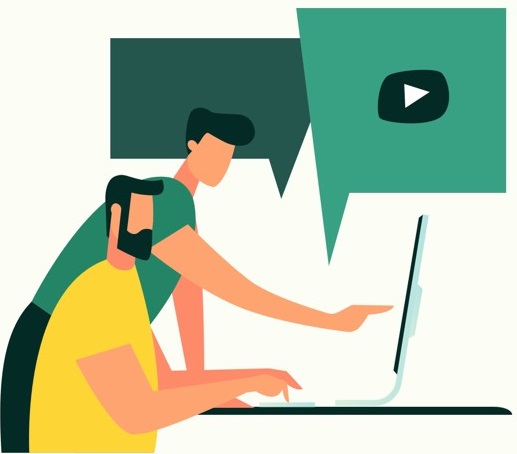Literature suggests that the early adoption of customer education programs was met with some resistance. Eisingerich and Bell (2006) pointed out that the initial view of some business executives was that educating customers would have a negative impact because the knowledge gained by customers would empower them to seek alternative service providers. Min-Xue, Yong, and Ya-Ni (2013) suggested the reason for the early resistance was the result of fear, on the part of business decision makers, that enhancing the individual knowledge and expectations of customers would result in an awareness of other options and increased expectations. The authors postulated that these factors would encourage customers to look for other options, making it difficult for businesses to produce products and services that meet the higher expectations.
However, Cohen (2015) found that other companies viewed customer training activities as a way of enhancing client loyalty and increasing sales, and contemporary literature seems to suggest a potential correlation between the presence of educational programs for customers and increased levels of client loyalty. Suh, et al. (2015) found that a deeper understanding of a firm’s products enabled the customer to make complicated and critical decisions, which in turn allowed the customer to enjoy the functional and technical service quality and as a result the customer developed stronger loyalty to the service provider. Further, Hoyt and Howell (2011) found that cumulative satisfaction– the image of the education provider, perceived value of the education, and non-traditional student status– explained 74% of the variance in client loyalty. Although the aforementioned studies speak to the relationship between the presence of customer education programs and customer loyalty, they do not address the specific attributes of customer training or customer education programs that result in customer loyalty, nor do they address how the customers’ experience with customer education programs impacts customer loyalty.
